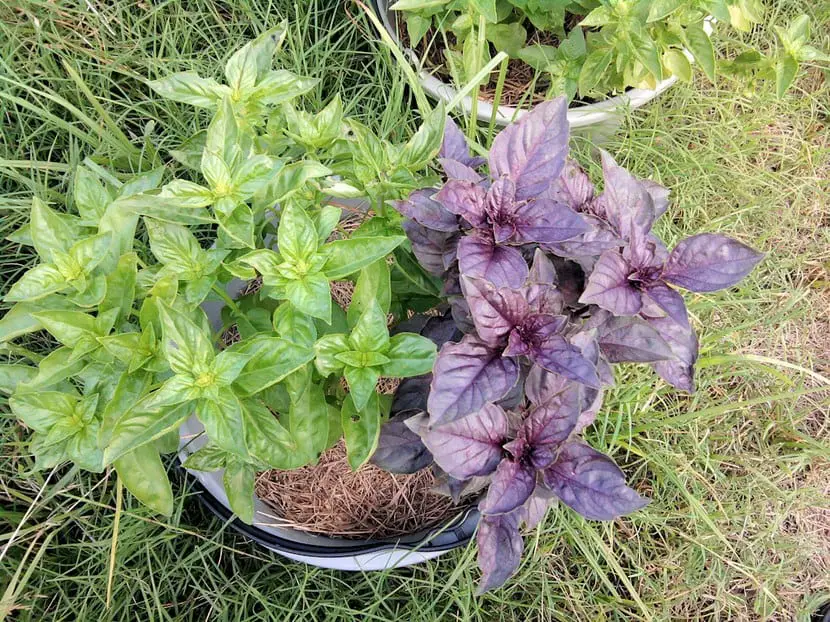
The basil It is one of my favorite plants and it is also one of many people I know. Perhaps that is why it is common for it to be present in orchards, partly because of its flavor but also because of its powerful aroma.. It is an easy plant to distinguish because it is enough to smell it to know that we are in front of a basil plant. It is used fresh in salads and pasta and is a great condiment to always have on hand. Those who cannot grow it in an open space are encouraged to have it in pots in the kitchen, in a place where the plant receives light and sun.
All aromatic plantsbasil is one of the great protagonists and very chosen both for cooking and for growing at home.
Basil varieties

Basil is easy to care for and very noble in this regard, another reason why many people choose to grow it in the garden. But few know that there are different varieties of basil. The most common is green basilwhose scientific name is Basil basil. It is the typical plant of green leaf basil that you can get anywhere and it looks bright and compact.
There is a second less common variety of basil which is the holy basil or Cimum basil var. purpuparascenswhich differs from the previous one by its purple oval leaves and a spicy aroma. During the summer, this variety also gives a few small pink flowers.
Whatever the cultivated variety, you should bear in mind that basil does not require much care, although it does it is very sensitive to frost and for that reason it is necessary to protect it in places of cold climate.
If you would like to growing varieties of basilYou can buy a small plant and plant it in the ground or do it by seed in seedbeds, always in late winter or early spring. Locate the seedlings in a sunny location away from the cold, and in moist, well-draining soil. Once the seedlings have been born, it is very easy to transplant them to place them in their final place.
Death and rebirth of basil

Many ask me what to do with basil when fall begins and the coldest months of the year arrive. The truth is that, as we said, it is a plant that does not tolerate frost and that likes a temperate to warm climate better. Its life cycle will then be guided by the seasons of the year.
The basil life cycle it ends when the cold arrives although the plant can last longer indoors. What will happen sooner or later is that the plant dries up and finally dies. The good news is that if you look closely you will see some small flowers and behind them some small seeds that you have to collect to store and sow them in spring, when the temperature is more pleasant.
So the answer to what to do with basil in the fall and winter, is nothing. As we have said before, the basil is an annual plant and their cycle ends when the cold arrives or the days begin to shorten. If we have it inside the home, it may last a little longer, but eventually the basil will end up drying out and dying. Behind the flowers it will leave some small seeds that we can sow in spring and thus be able to enjoy basil again in summer.

